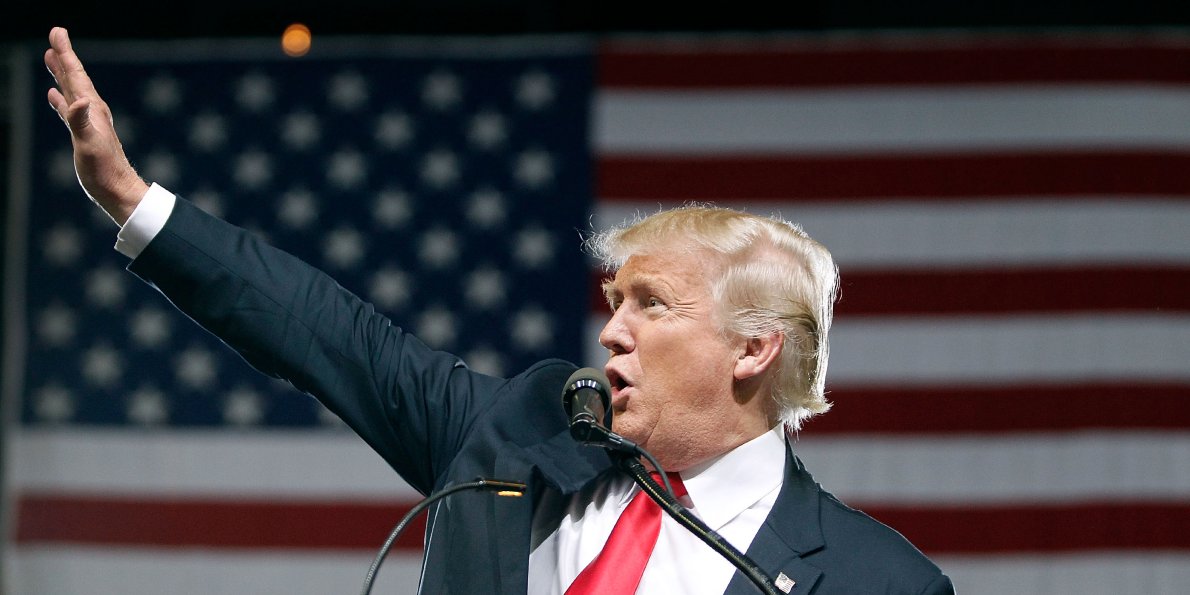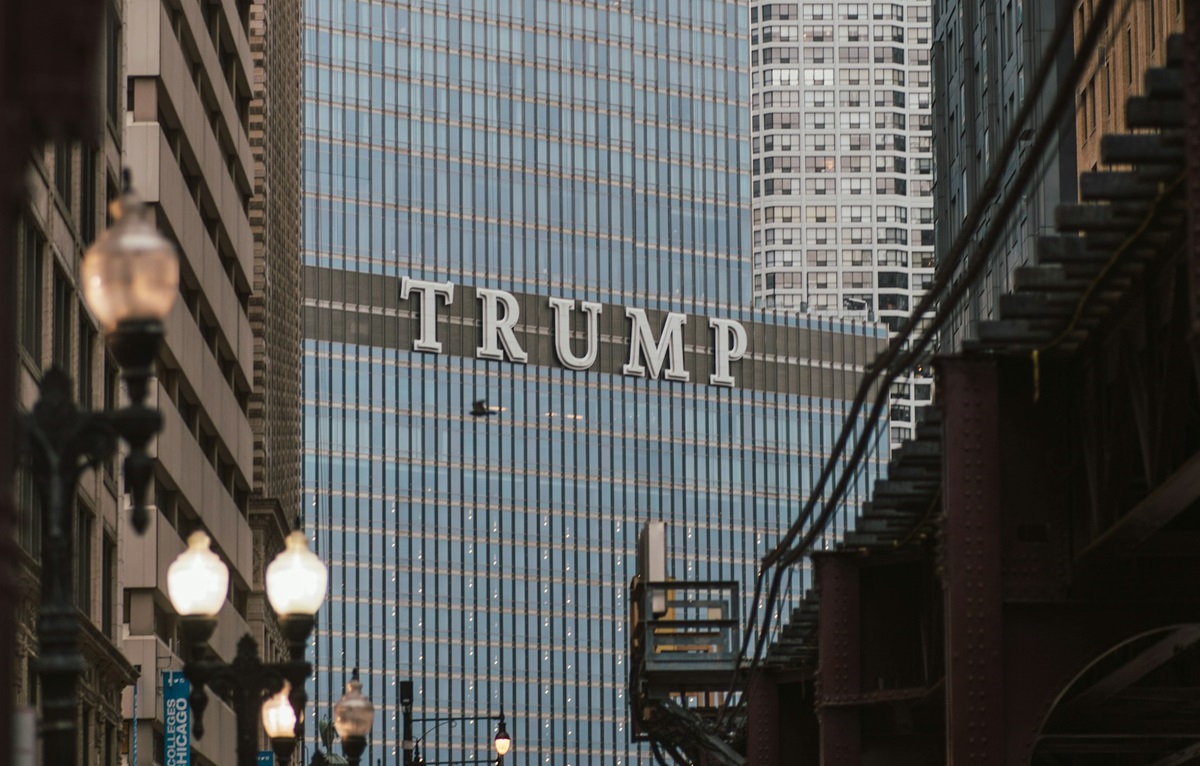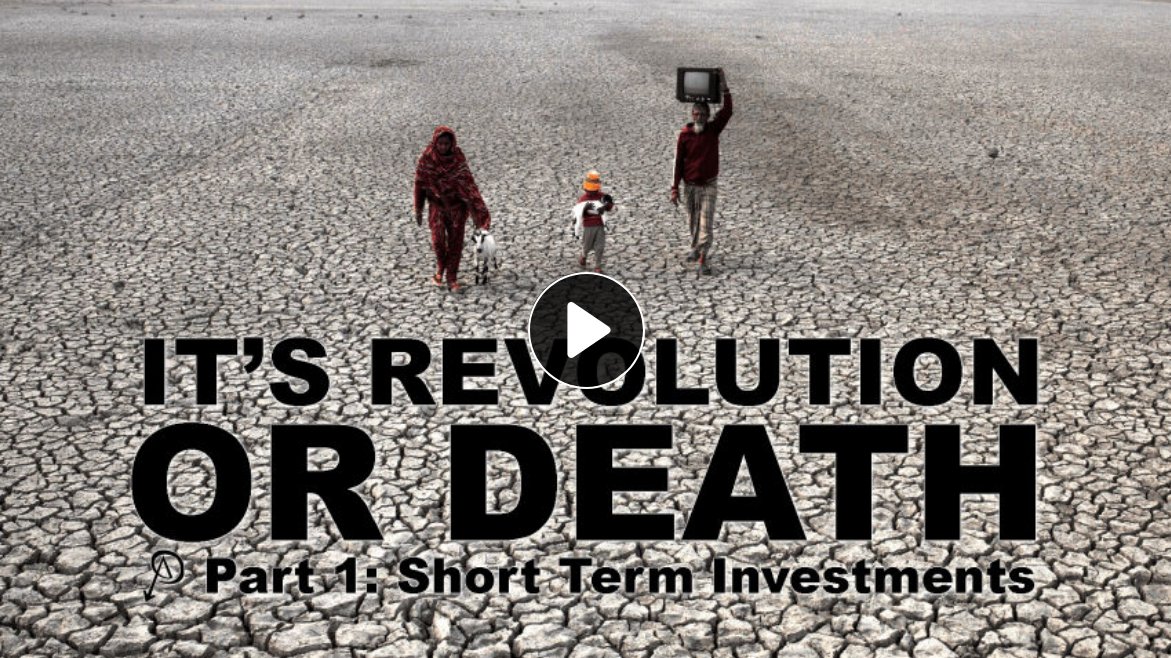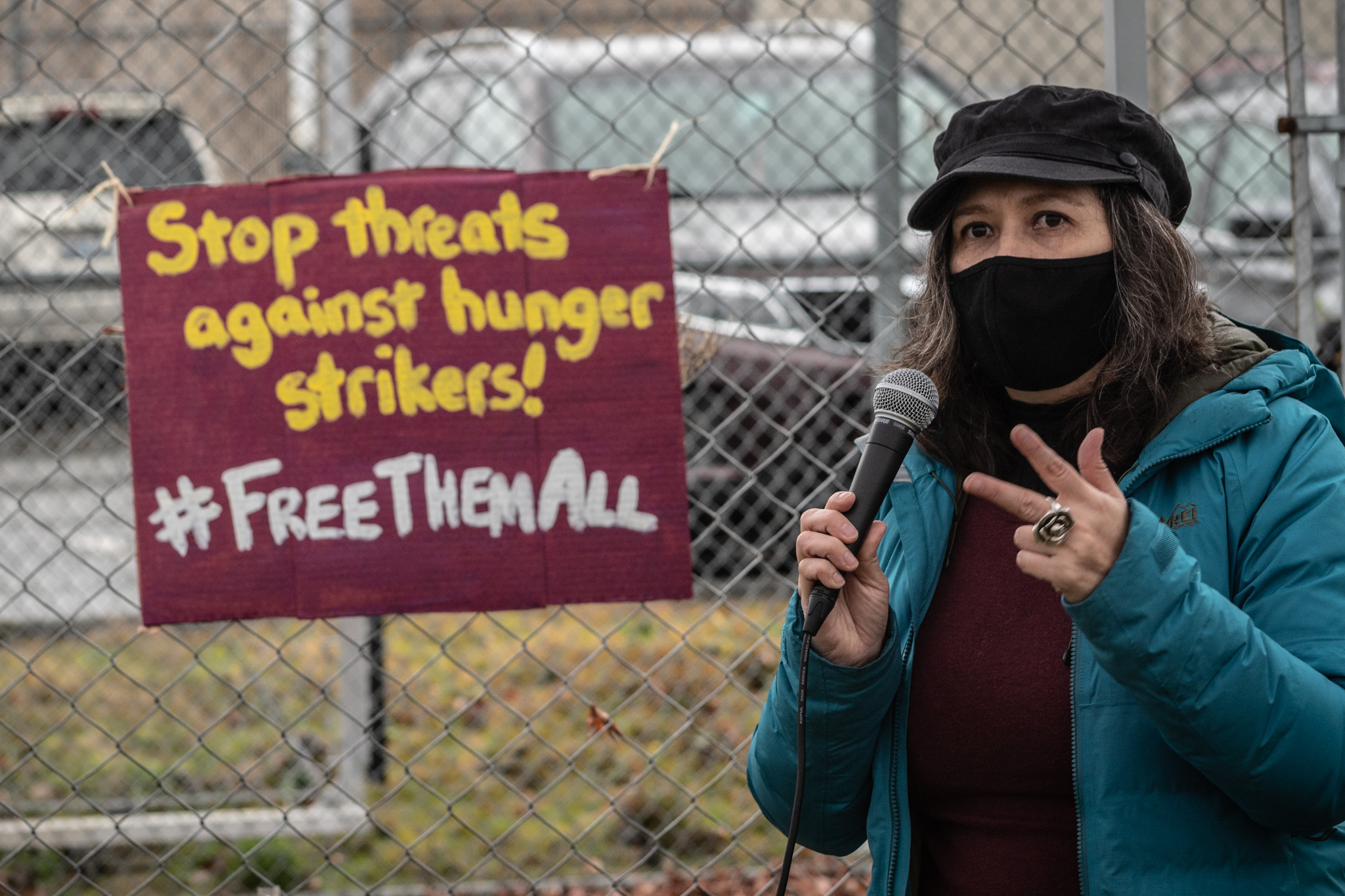Filed under: Analysis, Anarchist Movement, Anti-fascist, The State, US

From LibCom
In the run-up to the 2016 U.S. Presidential election, much was written about the nature of Trump’s candidacy and whether it amounted to fascism or not. Authorities on the subject were consulted. On the left, when the definition of fascism exceeded the pejorative sense, there were arguments for and against the accusation. The prevailing sentiment seemed to be that Trumpism is not fascism, but it is a form of right-wing populism that shares similarities.
Now that Trump has won the election, taken office and started to implement policies, the debate on whether he is a fascist or not seems a bit mundane. However, I do believe there are some key characteristics of historical fascist parties that shine some light on what the Trump administration is and will be.
Historical fascism is a coalition
Many people forget that fascism, particularly when looking early on in Italy and Spain, was not this monolithic thing with complete ideological conformity and free of political factions that had their own ideas and, sometimes, their own base. Early Italian fascism included artistic intellectuals, former syndicalists and socialists who rejected internationalism, demobilized soldier groups and rural business interests. In the case of Spain, the actual fascists were a junior partner in the nationalist uprising, out-muscled and out-influenced by the anti-Left military brass, Catholic establishment, authoritarian conservatives and capitalists. All of these different factions maneuvered for power within this broader coalition, with their fortunes rising and falling at different times. In German National Socialism, most of these factions were violently liquidated as the party reached the heights of power.
With this in mind, I think we should start looking at the Trump administration as a popular front of nearly every segment of the right-wing.
The parts of the popular front
The term popular front is typically associated with the Left. Although it can have different definitions, boiled down, it is a coalition of cooperation between different tendencies of the Left, usually in opposition to what is seen as a greater threat. Historically, the greater threat has been fascism.
As Sam Sacks and Sam Knight of the podcast, Unanimous Dissent, and many others, have pointed out, the current Trump administration represents different dominant aspects of the GOP. Some media commentators have been confused at the seemingly contradictory nature of some of the appointments, with speculation that Trump’s motivation lies in some sort of capitalist ethos of managerial competition similar to his reality show, The Apprentice. There’s probably some truth to that, but I think there’s more there.
The Opportunist Right
The Opportunist Right are those that are willing to contort to anything and ride the coattails towards power. Trump is obviously the perfect example of this. His core values are self-interest and showmanship. His political ideas seem to be more based on the last person he talked to, rather than any thought out convictions. He makes accusations and calls for investigation based on tall tales told to him while golfing. Chris Christie is an example of where oppurtunism didn’t work. While seen as a “moderate” establishment Republican governor of a liberal state, after his failure to get far in the primaries, he hitched what was left of his political future on the Trump campaign. All his efforts were for nothing, though, as he was pushed out after the November 8th victory.
The Religious Right
The pick for Vice President of Mike Pence, most known outside of Indiana for his extreme anti-choice and homophobic policies, was rightly seen as an acknowledgement of the traditional GOP religious base. Not that this was probably needed. The religious right seemed more than willing to overlook Trump’s history of divorce, sexual assault, racism and lack of Christian convictions.
The Establishment GOP
Trump’s campaign was antagonistic and hostile to the non-religious parts of the GOP establishment, which consisted primarily of aggressive neoconservatives, “moderate” neoconservatives and somewhat more isolated elements of the 2010 Tea Party movement. Scott Walker, a former darling of the anti-union, pro-business tradition was figuratively eviscerated in debates. Jeb Bush, suspected to be next in line in the family dynasty, was also unsympathetically belittled and verbally ridiculed. Some of these establishment Republicans tried to build an alliance based on “Never Trump”, but as they was always more concerned with the possibility of a brutal election loss rather than the content of the Trump campaign, these figures have mostly all fallen in line. Reince Priebus, the White House Chief of Staff, perhaps best represents this part of the coalition, having served as the Chairman for the Republican National Committee and cutting his teeth on acting as a go-between for the Republican Party and the Tea Party in the early 2010s.
Business Right
Back during the primaries and before the election, many prominent wealthy Republican donors and business people indicated explicitly or through back channels that they were against Trump. Since January 20th, many capitalists, particularly out of Silicon Valley have denounced, some strongly, the executive actions taken. Make no mistake, though, the Trump Administration represents business as perhaps none has before. The cabinet is the richest in history and the Secretary of State, Rex Tillerson was picked primarily because of his experience as CEO of the largest non-state owned oil company in the world.
Alt-Right Lite
The last of the 5 primary right-wing factions in the Trump administration, is what has been referred to as the “Alt-Right Lite”. The Alternative Right is a somewhat amorphous, almost entirely online based far-right movement that blends various fascist tendencies, internet culture and “Men’s Right’s” activism into a mixture that is viciously against liberalism, multiculturalism, the Left and establishment conservatism1. While its direct involvement and influence on the Trump campaign have been exaggerated, it has gained ground with certain media outlets that exist in the blurry area between the furthest right of the Republican Party and actual fascist groups. Others in the alt-right have viewed some of these outlets, such as Breitbart News, as opportunists and dub them “Alt-Right Lite”. That is probably partially accurate. However, when considering that Steve Bannon, former executive for Breitbart and current Senior Counselor to the Present, has affinity for various European parties with roots in the extreme far-right and neofascism, there’s more to it than that. Rather than mere opportunism, Bannon represents the “responsible” white supremacist in contrast to the crude neo-nazi, a tension that has long existed in fascist circles.
While most Republican administrations involve some kind of coalition, I suspect that the Trump Administration contains the widest of any modern right-wing coalition and has at its basis the common ground of wanting to roll back what it sees as the excesses and constrictions of liberalism, as well as being a backlash against progressive social movements. It is because of the breadth of the coalition, and its main commonalities, that I believe it is correct to consider it a popular front.
Why does this matter?
It’s important to think of the Trump Administration as a popular front government of the right-wing for a few reasons.
The first being that by considering it as this kind of coalition, we can begin to identify the competing interests of its participants. These interests will not always line up, and there will be conflict. These conflicts will be potentially exploitable by those looking to impede the administration’s various agendas.
Another reason the popular front tag is important is that we are already seeing figures of the right being held up as developing or potential warriors in the battle against this administration. John McCain. Paul Ryan. These people represent a competing interest in this coalition that may object to certain things, but have their own reactionary agendas, as well. They should not be seen as friends or allies.
- 1.For one of the best over view’s of the alt-right, check out Matthew Lyons’ “Ctrl-Alt-Delete: The origins and ideology of the Alternative Right“





